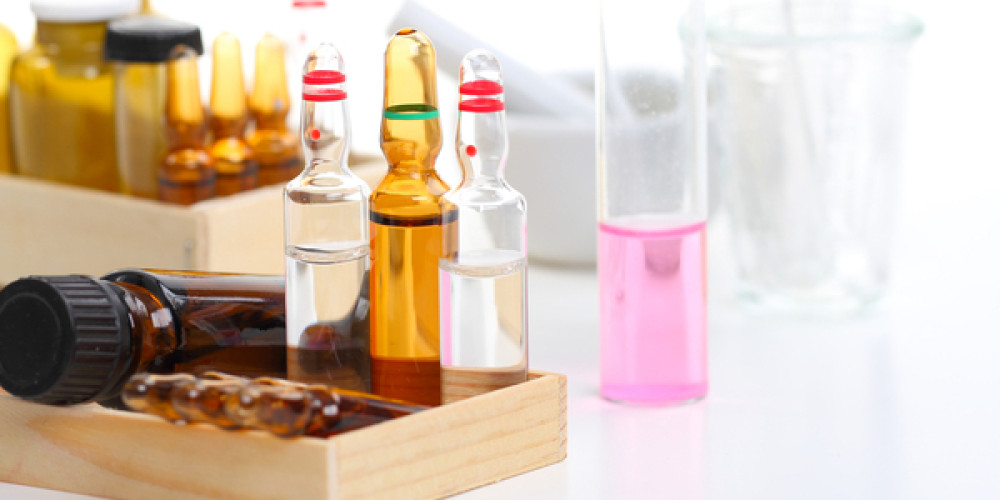News
12.11.2020 - Cosmetics

Formaldehyde and formaldehyde-releasing substances
Through the European Rapid Alert System for Non-Food Consumer Products, known as “Safety Gate” (formerly “RAPEX”), authorities of the EU member states issue warnings about dangerous products in their markets (excluding food). Besides the affected product and its potential danger, the measures taken are also indicated.
Warnings are repeatedly issued for cosmetics with increased amounts of formaldehyde, which are consequently removed from the market. Since the entry into force of the Regulation (EU) 2019/831, formaldehyde is listed as a prohibited substance in Annex II of the EU Cosmetics Regulation (EC) No 1223/2009. As a contact allergen, formaldehyde can cause skin irritations.
Formaldehyde-releasing substances are permitted in cosmetics but are subject to maximum quantity restrictions, which must be adhered to according to Annex III of the EU Cosmetics Regulation. Formaldehyde-releasing substances include, for example, DMDM Hydantoin, Imidazolidinyl Urea, or Diazolidinyl Urea.
Both the presence of formaldehyde and formaldehyde-releasing substances in cosmetics result in significant grade deductions by ÖKO-Test.
The BAV Institute, in collaboration with the Tentamus Laboratory Group, conducts the detection and quantitative determination of free and releasable formaldehyde in cosmetics for you according to the method named by ÖKO-Test. Contact us, and we will be happy to provide you with an offer!
